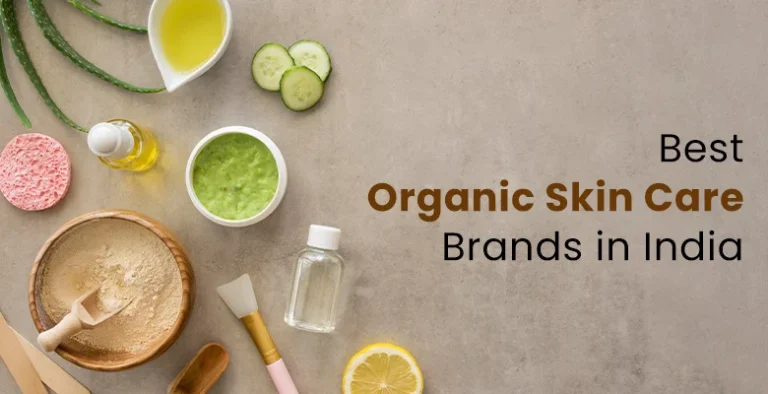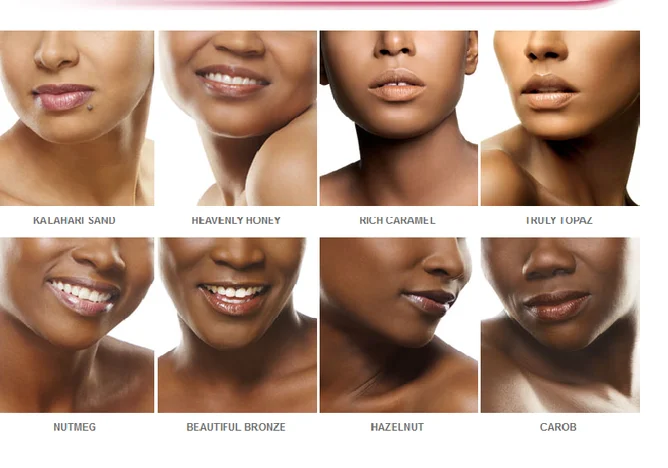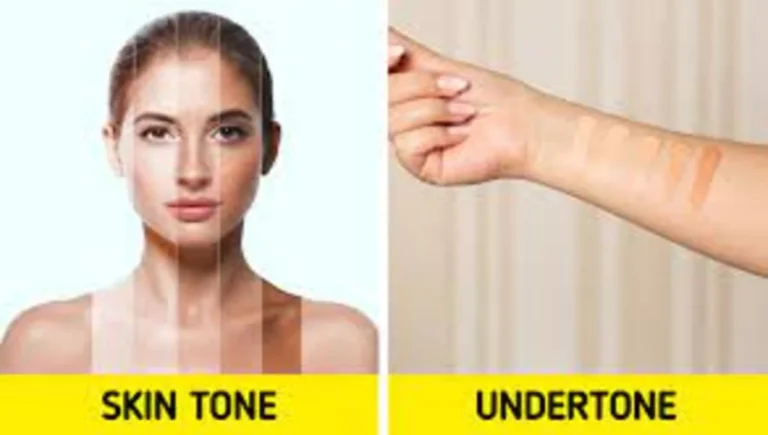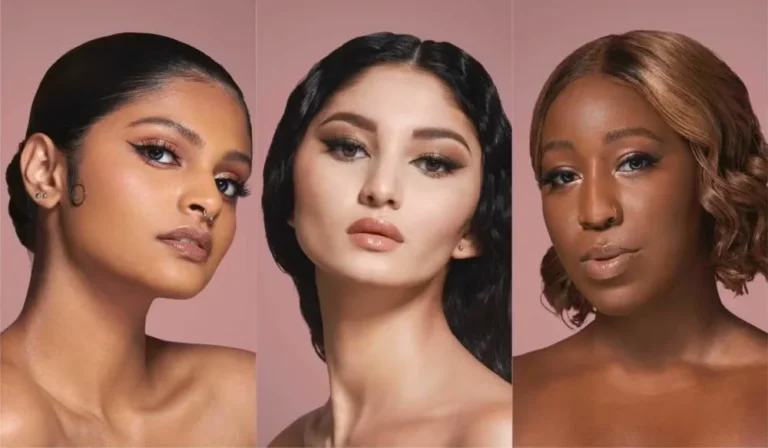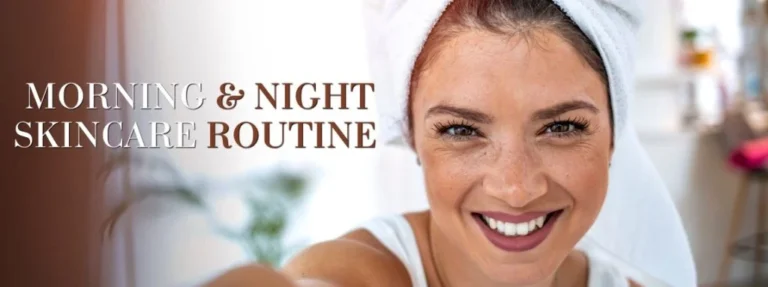Persian Skin Tone: History, Characteristics, and Skincare Tips
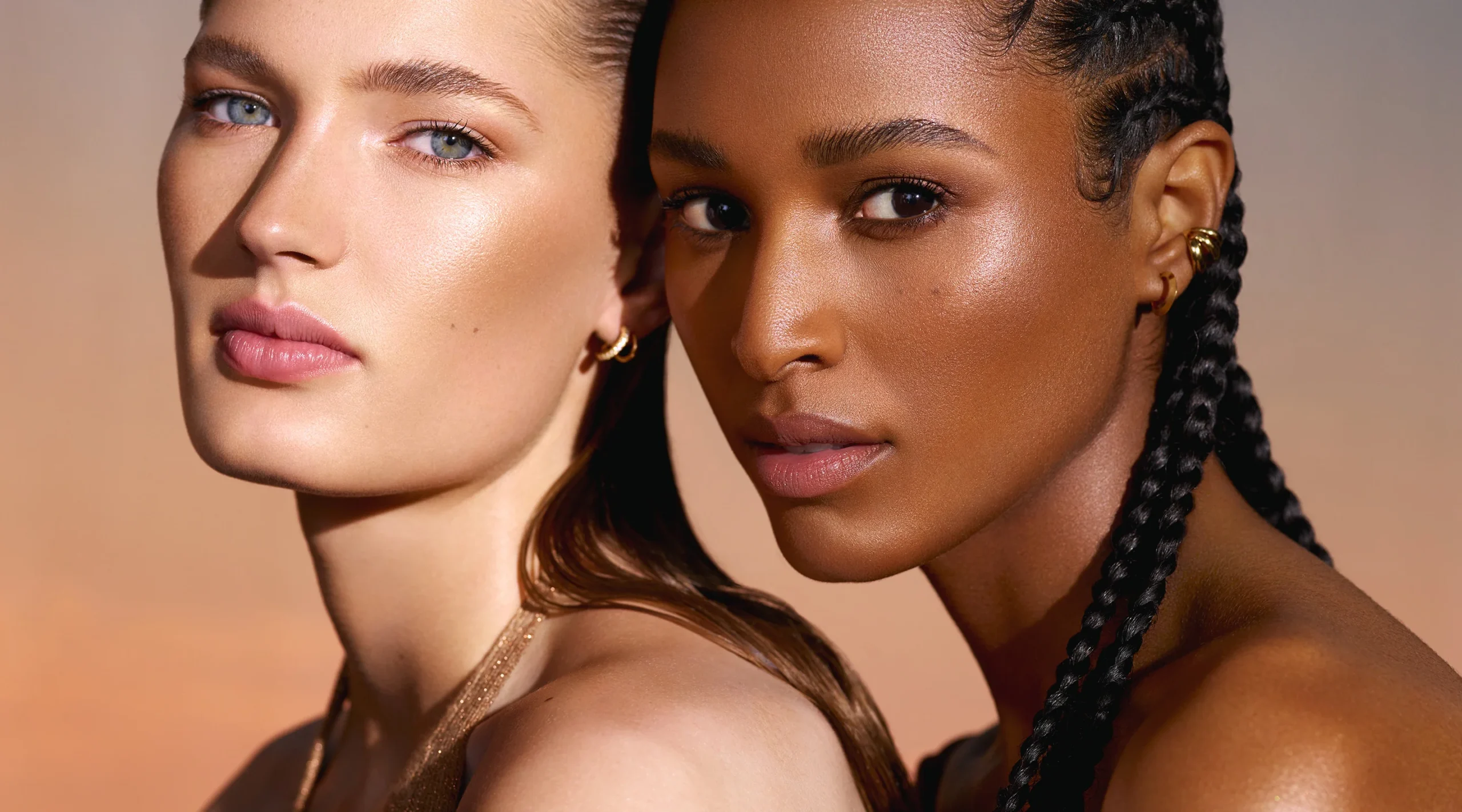
The Persian skin tone is one of the most fascinating complexions, ranging from light olive, golden beige, and fawn skin tone to medium brown. This unique skin type carries the rich cultural heritage of Iran (Persia), shaped by Middle Eastern, Central Asian, and Mediterranean ancestry. In the USA, Persian-Americans and other Middle Eastern
communities are increasingly recognized in the skincare industry for their distinct needs such as uneven skin tone, hyperpigmentation, and sun sensitivity.
In the USA, Persian-Americans and Middle Eastern communities are rapidly growing, especially in states like California, Texas, and New York. With that comes distinct skincare challenges: uneven skin, hyperpigmentation, and sun sensitivity. According to Statista, the U.S. skincare industry was worth $24 billion in 2024, with inclusivity becoming one of the fastest-growing trends.
Whether you’re in Los Angeles, Houston, or New York, these practical tips will help you protect, nourish, and celebrate your skin.
Historical and Genetic Roots of Persian Skin Tone
The Persian skin tone is the product of centuries of migration, trade, and cultural exchange. Iran’s strategic location along the Silk Road brought together influences from Central Asia, the Mediterranean, and the Middle East. This created a diverse population with a wide range of undertones, from olive and golden hues to lighter fawn complexions.
Geography also played a role—Persians from northern provinces often have lighter skin due to less sun exposure, while those from central and southern regions tend to have warmer and darker undertones. These genetic and environmental variations explain why Persian skin is so diverse and admired. However, higher melanin levels can also make this skin tone more prone to pigmentation and unevenness.
Characteristics of Persian Skin Tone

Persian skin is admired for its natural radiance and versatility, but it also comes with unique biological traits that influence skincare needs. Most Persians fall into Fitzpatrick skin types III to IV, which means the skin tans easily but is also vulnerable to sun-induced pigmentation. Undertones typically range from olive and neutral to golden, giving Persian skin a natural warmth.
These undertones make Persian skin highly adaptable for cosmetics, but they also require specialized care. Without proper protection, exposure to sunlight and harsh skincare products can trigger melasma, dark spots, and uneven tones. Many people of Persian heritage in the USA actively seek solutions for achieving and maintaining an even skin tone in the USA while balancing hydration and sun protection.
- Olive or golden undertones
- Tendency toward tanning rather than burning
- Prone to uneven pigmentation and melasma
Skincare Challenges for Persian Skin
While Persian skin has many strengths, it also faces specific challenges that need targeted solutions. Its melanin content provides some natural sun protection, but this same trait increases the risk of hyperpigmentation when the skin is exposed to UV rays or harsh treatments. Acne scars and blemishes can linger for longer periods, leaving behind dark spots.
Climate also plays a role. In sunny U.S. states like California and Texas, Persian-Americans often experience flare-ups of melasma and dark patches due to constant sun exposure. Additionally, oily skin and breakouts are common in humid regions, requiring carefully balanced products. This makes it vital to select dermatologist-approved skincare products that protect against these issues while maintaining hydration and balance.
- Hyperpigmentation and dark spots
- Sensitivity to strong treatments like chemical peels
- Acne scars that linger due to melanin response
Daily Skincare Routine for Persian Skin
Consistency is key when it comes to Persian skin. A well-structured daily skincare routine not only maintains the skin’s glow but also prevents long-term damage like sunspots and uneven tone. The goal is to balance hydration, sun protection, and gentle exfoliation without irritating the skin or stripping away natural oils.
Many dermatologists recommend that Persian skin tones follow a gentle yet effective routine using products that are formulated for medium to olive complexions. These routines help achieve a glowing skin tone, while keeping the skin barrier strong and resilient.
- Gentle Cleansing – Use sulfate-free cleansers to remove impurities without overdrying.
- Hydration – Opt for lightweight moisturizers with hyaluronic acid or ceramides.
- Sun Protection – Apply SPF 30–50 daily, with zinc oxide or titanium dioxide for broad-spectrum coverage.
For those searching for fawn skin care tips, lightweight moisturizers, tinted sunscreens, and gentle exfoliators are particularly effective to keep skin smooth and balanced.
Professional Treatments and Considerations
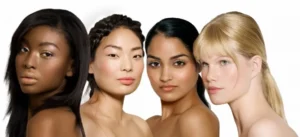
In addition to daily skincare, Persian skin can benefit from professional treatments designed to enhance radiance and treat pigmentation. However, caution is essential. Aggressive treatments like deep chemical peels or strong lasers can cause post-inflammatory hyperpigmentation, especially in melanin-rich tones.
Instead, dermatologists recommend minimally invasive options that improve skin texture and reduce dark spots without harming the skin barrier. Choosing an experienced skincare professional is crucial for achieving safe, long-lasting results while avoiding unnecessary risks.
- Microneedling
- Hydrafacials
- Mild chemical peels with lactic or mandelic acid
Persian Beauty Traditions

Persian beauty culture has always emphasized natural remedies, many of which remain popular today. Traditional practices relied on ingredients like rosewater, saffron, yogurt, and pomegranate oil—each offering hydration, brightening, and antioxidant benefits. These remedies not only nourish the skin but also reflect centuries of cultural heritage.
While natural treatments provide excellent support, modern dermatologists suggest using them alongside clinically tested products for best results. For example, rosewater can soothe irritation, while saffron masks can brighten, but they should not replace targeted treatments for pigmentation or acne. Combining both traditions provides a holistic skincare routine that embraces cultural pride and scientific effectiveness.
Modern Market Trends in the USA
The U.S. skincare market has recognized the growing demand for inclusivity, with Persian and Middle Eastern skin types receiving increased attention. Beauty brands are expanding their ranges to cater to olive, golden, and medium complexions. This includes specialized serums, sunscreens, and moisturizers that target hyperpigmentation and hydration needs.
Retailers like Target, Ulta, and Sephora now carry inclusive product lines, while brands like Fenty Beauty, E.l.f., and Black Girl Sunscreen lead the way in offering formulas for diverse skin tones. The growth of skincare products in the USA for Middle Eastern and Persian skin shows a strong commitment to diversity and consumer needs.
FAQs
Why do Iranians look massively Caucasian and “European”?
Iran sits at the crossroads of Europe, Central Asia, and the Middle East. Over thousands of years, Persians mixed with different groups through trade, migration, and empires. That’s why many Iranians share features with Europeans, such as lighter skin tones, sharp facial structures, and lighter eye or hair colors.
Why are Iranians so good looking?
Iran has a mix of diverse genetics from Persian, Mediterranean, Central Asian, and Caucasian ancestry. This variety creates unique features such as strong bone structure, clear skin, and expressive eyes. On top of that, Persian culture values skincare, grooming, and fashion, which adds to their reputation for beauty.
Why do Iranian women look Caucasian yet men look “brown”?
This difference mostly comes from perception. Iranian women often use skincare, makeup, and sun protection more consistently, which makes their skin appear lighter. Men, on the other hand, may spend more time in the sun and not focus as much on skincare, making them look darker or more tanned.
Why am I incredibly dark-skinned when I’m Persian (from Tehran)? Everyone assumes I’m Indian. Aren’t Iranians Indo-Europeans?
Yes, Persians are Indo-Europeans by language and ancestry, but skin tone can vary widely. Some Persians inherit darker skin from ancestors linked to Central Asia, the Middle East, or even South Asia. Tehran itself is diverse, so it’s completely normal for Persians to have skin tones ranging from very light to deep brown.
Conclusion
Persian skin tone reflects a rich blend of cultural history, genetics, and natural beauty. While it offers radiance and adaptability, it requires mindful care to avoid pigmentation and sensitivity issues. With dermatologist-approved routines, professional treatments, and cultural remedies, Persian-Americans can achieve healthy, glowing skin.
At AboveInsider, we believe that inclusive beauty starts with education and access to the right solutions. By embracing both modern science and fawn skin care tips, individuals can maintain an even skin tone in the USA while celebrating cultural heritage. With consistency, the right skincare products in the USA, and a balance of tradition and innovation, Persian skin can thrive for years to come.

